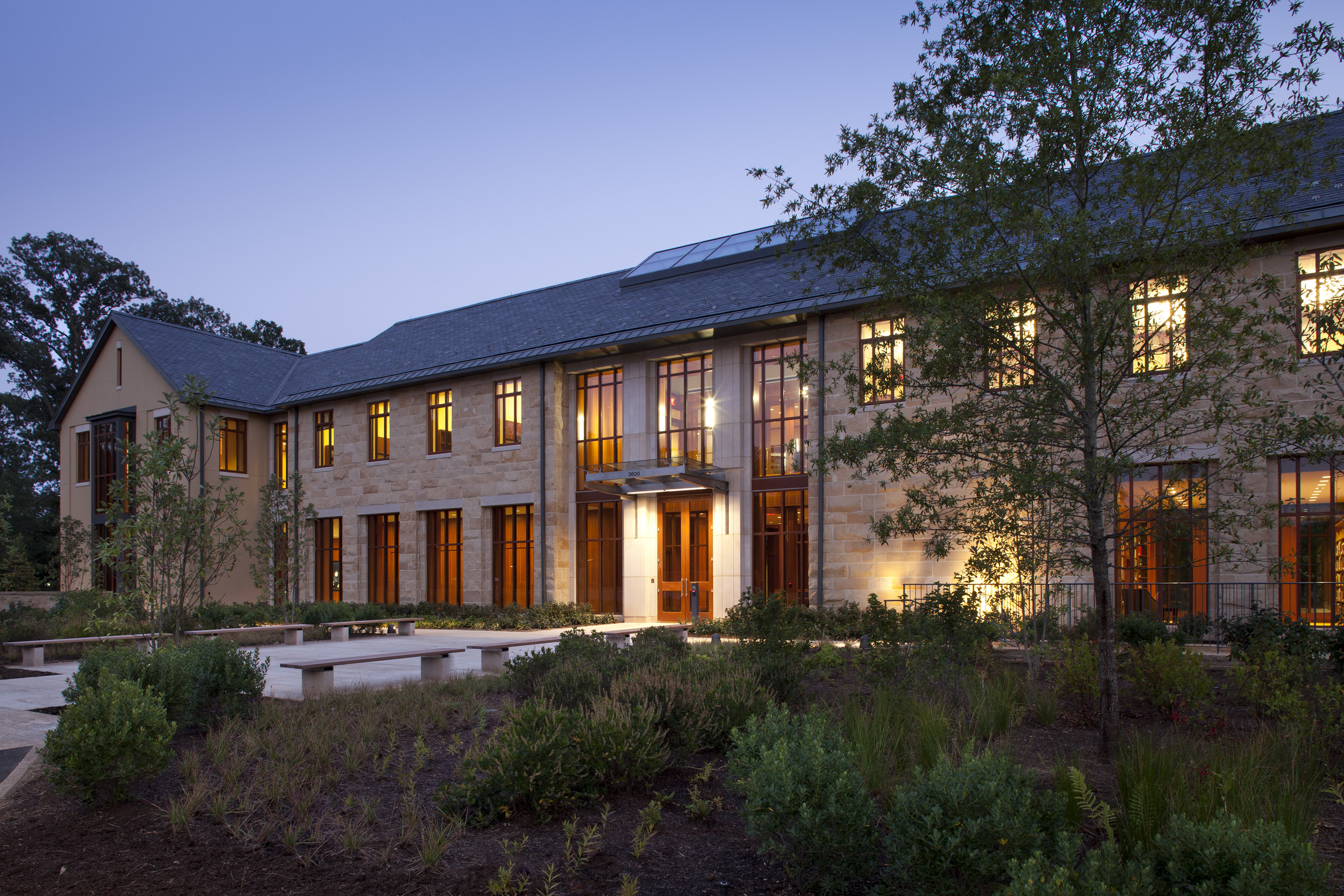This site uses cookies – More Information.
Glenn Birx, FAIA, Retires after 45 Years
Since his first day of work in 1978 – only the tenth employee at the time – Glenn Birx has played a part in almost every project Ayers Saint Gross has worked on. Though he is more recently known for his work in risk management and as the firm’s Chief Operating Officer, he has always considered himself an architect, first and foremost.
“My whole career has been rewarding,” he says. “I tell people that I’ve never had a boring day in 45 years. What we do as a profession and at Ayers Saint Gross, it’s a heck of a lot of fun. We’re artists and technicians and we get big stuff built that lasts for hundreds of years. It’s fun and it’s not easy.”
An Early Passion
Growing up in Anne Arundel County, Maryland, Glenn had two main influences on his career. The first was his father, who worked as a builder and would take Glenn to active construction sites from a young age. Later, a high school drafting teacher noticed his creative talent.
“Even though I was doing the best drawings in the class, he graded me very hard to push me,” Glenn says. “I ended up learning how to draw really well and getting an A and he encouraged me to pursue architecture school.”
Glenn studied architecture at Virginia Tech first, before transferring to the University of Maryland. He started working at Ayers Saint Gross in 1978 during his holiday breaks from school and soon found a mentor in Kelsey Saint.
“At the time, we were still hand drafting,” Glenn says. “He would come over to my desk and ask, ‘What does that line mean?’ I had to have an answer, I couldn’t say I didn’t know. He taught me that you have to completely understand every detail: what every line is, the reason for its thickness, and which piece of construction gets built first.”

A group of firm leaders in the late 1990s, including (from left) Jim Wheeler, Adam Gross, Richard Ayers, and Glenn Birx
Embracing Change
As the years progressed, Glenn enjoyed learning about technological advances and bringing them back to the firm.
“The last 45 years have been phenomenally interesting in terms of technology,” he says. “In the beginning, we were drafting by hand on paper, then we began using a pin bar that sat on your drawing desk and using a series of layers: the floor plan, the walls, the doors, etc., which were then blue-printed together. That process became the precursor to computer drafting, using layers, which led to 3D modeling, which we use today.”
Glenn was a leader in early adoption, helping the firm adopt programs like AutoCAD and Revit. Passionate about improving the profession as a whole, he represented the firm as president of AIA Baltimore and AIA Maryland in the 1990s.
All the while, he watched Ayers Saint Gross grow, working in numerous roles as it did. Glenn helped create the D.C. and Tempe offices, held positions in staffing, HR, project management, and as Chief Operating Officer. He created new Ayers Saint Gross entities including ASG VIS and he was instrumental in the creation of the ESOP in 2013. And he watched the number of employees grow as well, from only a dozen people to more than 200.
“In my role, I have touched so many projects in a meaningful way and I love the flexibility of working on pursuits, design, detailing, construction administration, contracts, and risk management,” Glenn says. “It is really rewarding to win a project, shake the hands of a client and then walk into their dream building in a couple of years and see them with a big smile on their faces. And I’ve done that hundreds of times.”

One of Glenn’s favorite projects, in which he served as the Principal-in-Charge: the John and Frances Angelos Law Center at the University of Baltimore
Looking Back
During his 45 years of practice, Glenn has always been active in organizations to benefit the architectural profession. He was an editor and author of the 13th edition of The Architects Handbook on Professional Practice and he was elevated to Fellowship in the AIA in 2009. Additionally, he has served on the University of Maryland School of Architecture Advisory Board for more than twenty years and as chair for three years.
Some of his favorite projects that he worked on with Ayers Saint Gross include the Wor-Wic Community College master plan and subsequent architecture projects, the University of Maryland Center for Performing Arts, the John and Frances Angelos Law Center at the University of Baltimore, and the Fred W. Smith National Library for the Study of George Washington.
In recent years, Glenn has transitioned to more of a risk management and leadership role. Outside of the firm, he has taken leadership positions with the AIA Trust, which provides risk management resources like insurance policies and pension plans for AIA member firms. Currently, he is serving as the 2023 chair.
Glenn looks forward to his next steps in retirement, which could include traveling, spending time with family, and pursuing his many outdoor hobbies of golfing, skiing, surfing, and scuba diving.
Looking back on his career, Glenn says that while he’s proud of the projects, he’s even more grateful for the people he got to know and work with along the way. He has worked hard to share his knowledge and experience with the next generation of architects, welcoming new leaders to ensure the firm’s continued success.
“From 1978 to today, I have had tremendous opportunities to work with some highly talented, great groups of people,” he says. “We are now competing with the best architects in the world and we are doing great things. I’m so proud of the work we are doing.”

Another of Glenn’s favorite projects: the Fred W. Smith National Library for the Study of George Washington
